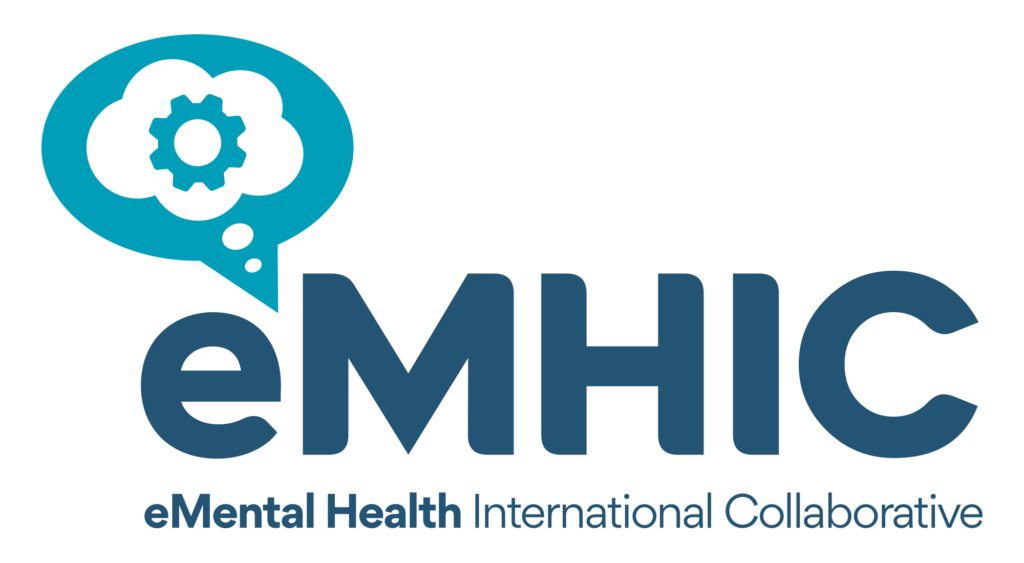The Bigger Picture
Hype and negative news reports about artificial intelligence (AI) abound. Involving patients in healthcare AI projects may help in adoption and acceptance of these technologies. We argue that AI algorithms should be co-designed with patients and healthcare workers.
We show examples of how to involve patients in AI research and how patients can build trust in algorithms. We share some best practices, case studies, a framework, and computational tools.
Avenues for future work include guidelines for patient and public involvement in AI healthcare research for funding bodies and regulatory agencies.
An understanding of what AI can and cannot do, and a realistic appraisal of risks and benefits, may help in adoption and democratize access to AI for healthcare.
Summary
Artificial intelligence (AI) is increasingly taking on a greater role in healthcare. However, hype and negative news reports about AI abound. Integrating patient and public involvement (PPI) in healthcare AI projects may help in adoption and acceptance of these technologies.
We argue that AI algorithms should also be co-designed with patients and healthcare workers.
We specifically suggest (1) including patients with lived experience of the disease, and (2) creating a research advisory group (RAG) and using these group meetings to walk patients through the process of AI model building, starting with simple (e.g., linear) models.
We present a framework, case studies, best practices, and tools for applying participative data science to healthcare, enabling data scientists, clinicians, and patients to work together. The strategy of co-designing with patients can help set more realistic expectations for all stakeholders, since conventional narratives of AI revolve around dystopia or limitless optimism.
Click here to read the full article.




